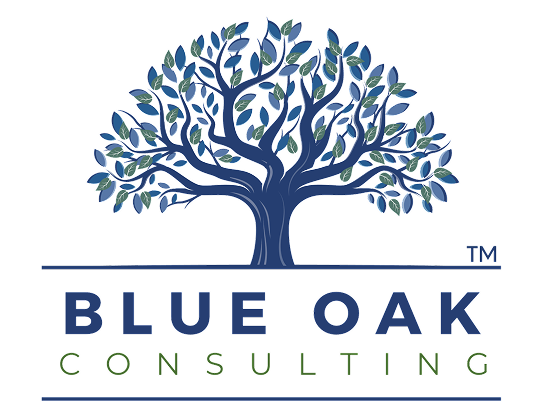How to spot skill gaps before they stall your growth—and what to do about them.
Let’s be real: your machines are getting smarter. Your software’s evolving. Customer expectations? Higher than ever.
But what about your people?
If your workforce is still running on yesterday’s skills while your competitors are hiring for tomorrow, you’ve got a problem—and it’s not just an HR one. It’s a business risk.
This post is about how small manufacturers can identify skill gaps, build a future-ready team, and turn workforce development into a true competitive advantage.
The Overlooked Growth Risk: Skill Gaps
Most business leaders don’t wake up in the morning thinking:
“I wonder what skills my team will be missing in three years.”
But they probably should.
Because while you’re thinking about inventory, supply chain, and margins, those little cracks in workforce capability are growing—and they’ll show up when you least expect it:
- When new tech rolls out and no one knows how to use it
- When veteran workers retire without passing on their knowledge
- When production falls behind because troubleshooting takes too long
That’s not just a training issue. That’s a profitability issue.
First Step: Identify the Gaps Before They Cost You
Here’s how to spot the gap between where your team is—and where they need to be.
Run a Skill Gap Analysis
- Survey your workforce: What do they actually know how to do?
- Talk to team leads: Where are errors, delays, or workarounds happening?
- Compare to future needs: What skills will matter in 12–36 months?
You’re not just looking for missing certifications. You’re looking for missing capacity, confidence, and cross-training.
The Skills That Matter Most (Hint: It’s Not Just Coding)
Yes, technical skills matter. Things like:
- PLC programming
- Machine calibration
- ERP system fluency
- Quality control systems
But don’t ignore the “soft” stuff—because it makes the hard stuff work better:
- Critical thinking
- Troubleshooting
- Adaptability
- Communication across shifts or departments
That’s the glue that keeps your shop running when change hits.
How to Start Closing the Gaps Without Breaking the Budget
- Don’t just train—target
Start with one critical bottleneck. Train around that problem.
Example: Is your CNC setup time dragging? Upskill that crew first. - Mix it up
Training doesn’t mean sitting in a classroom for 6 hours.
Try:- On-the-job mentoring
- Microlearning modules
- Trade school partnerships
- Online certs or tool-specific refreshers
- Use your senior staff
Pair your experts with newer hires. Let experience transfer before it walks out the door. - Tap outside help
There are tons of underutilized resources out there:- State and local workforce grants
- Subsidized programs through community colleges
- Industry associations with skill-building platforms
Your Future-Ready Action Plan (You Can Start This Month)
✔ Inventory your team’s current skill sets
✔ Map those against your 12–24 month strategy
✔ Prioritize 1–2 urgent areas to fix
✔ Launch a small-scale training sprint (2–4 weeks)
✔ Track improvements: fewer errors, better output, faster job changeovers
✔ Build from there
Pro tip: Track ROI. If training improved cycle time or reduced scrap, you’ve got your business case for expanding the program.
This Isn’t Just Upskilling. It’s Future-Proofing.
Machines will change. Markets will shift. But a team that’s curious, confident, and constantly improving? That’s priceless.
So ask yourself:
Are we investing in our people as much as we’re investing in our equipment?
Because the companies that thrive tomorrow aren’t just more automated. They’re more capable.
Learn more at blueoakconsulting.net





